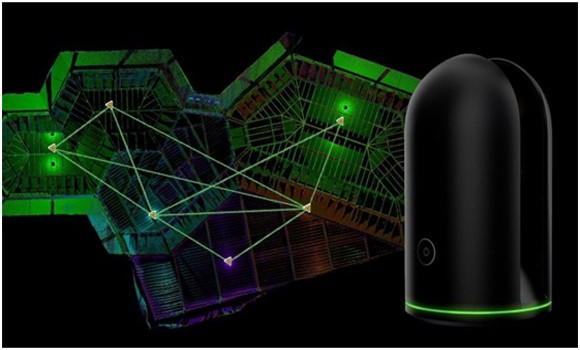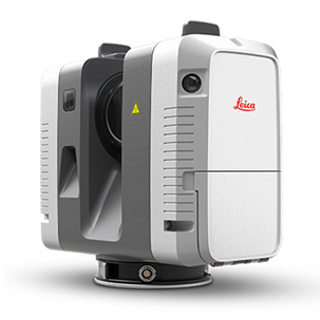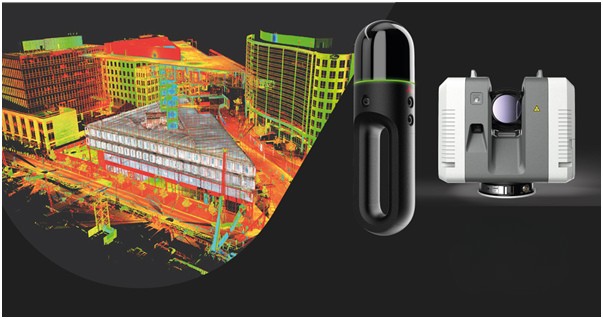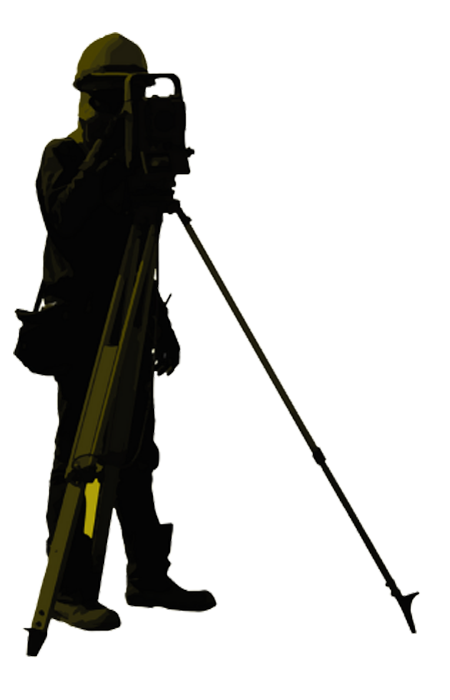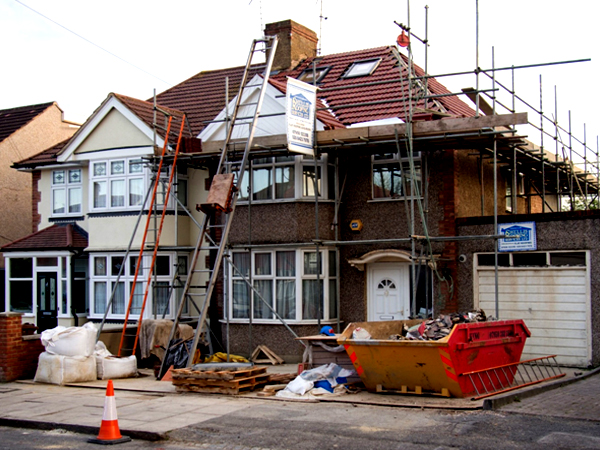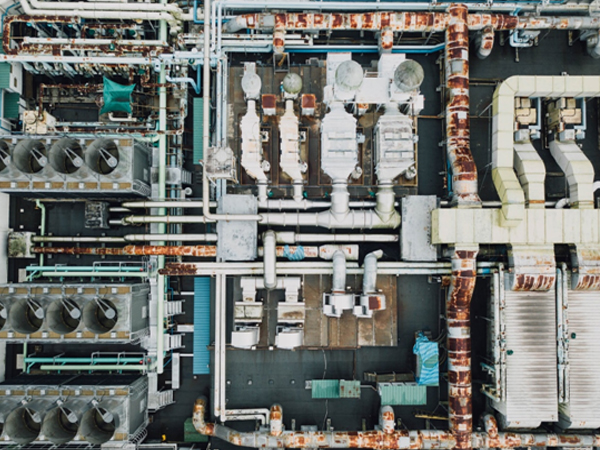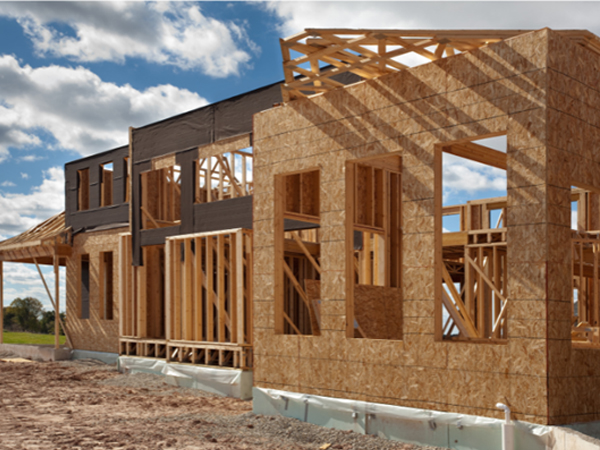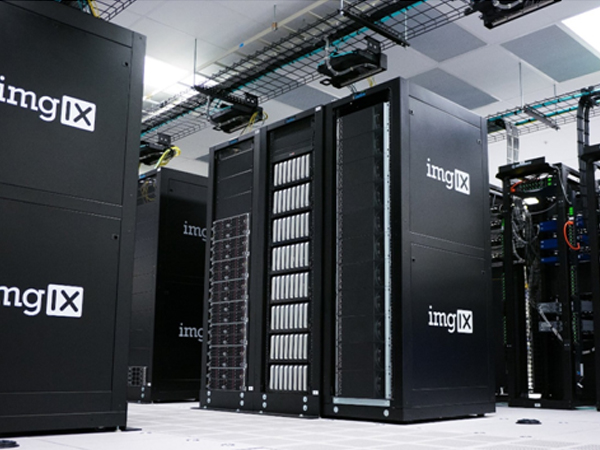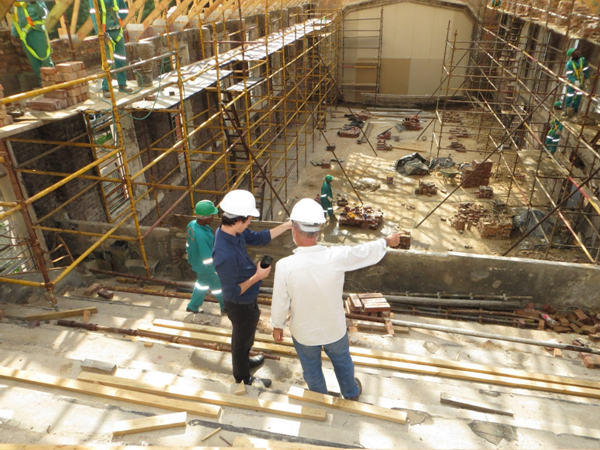01
Accurate and Comprehensive Data. 3D laser scanning provides millions of data points, creating highly detailed and precise representations of the scanned object or environment. This level of accuracy ensures that measurements, dimensions, and existing conditions are captured with the maximum amount of details and specifications.
02
Time and Cost Efficiency. Traditional manual measurements and surveys can be time-consuming and labor-intensive. 3D laser scanning accelerates the data collection process, reducing the time required for site visits and measurements. Not only does the professional equipment collect more information simultaneously, but there is also no need to return to the location and redo the survey as all the information gathered is digital and easily accessible.
03
Improved Project Visualization. Using 3D scanning, you can create detailed 3D models and virtual representations of scanned objects or spaces. This allows for enhanced project visualization, facilitating better design decision-making, clash detection, and coordination among various parties.
04
Enhanced Design and Planning. The accurate as-built data obtained through 3D laser scanning enables better design and planning. Architects, engineers, and designers can work with precise measurements and existing conditions, minimizing design errors and seamlessly integrating new elements into the existing environments.
05
Documentation and Preservation. 3D laser scanning serves as a reliable documentation tool, capturing the existing conditions of historical sites, cultural artifacts, or heritage buildings. This technology helps in preserving and safeguarding these assets for future generations.
06
Efficient Facility Management. 3D laser scanning creates a digital twin of the scanned object or environment, allowing for efficient facility management. The accurate and up-to-date 3D models provide valuable information for maintenance, renovations, and future planning..

